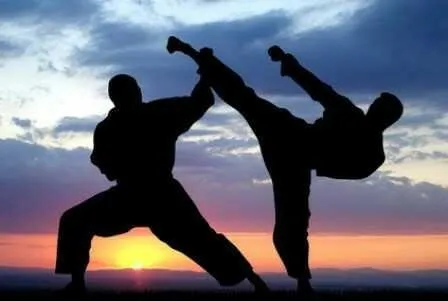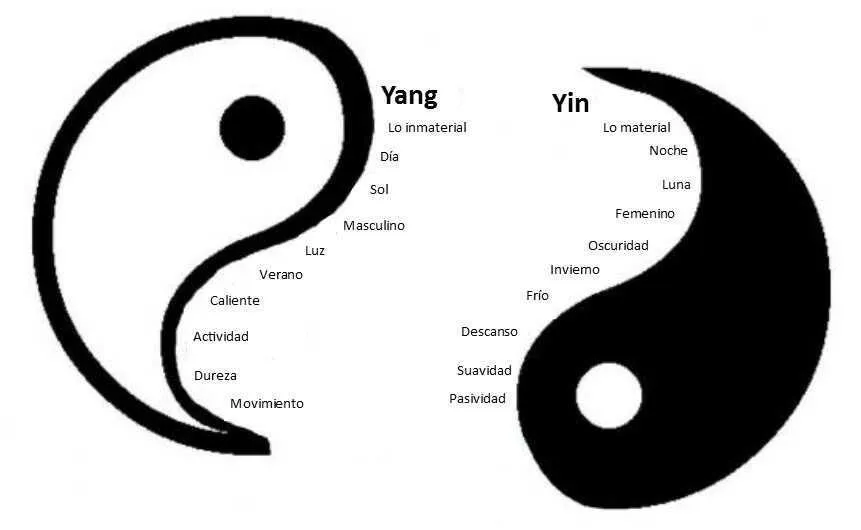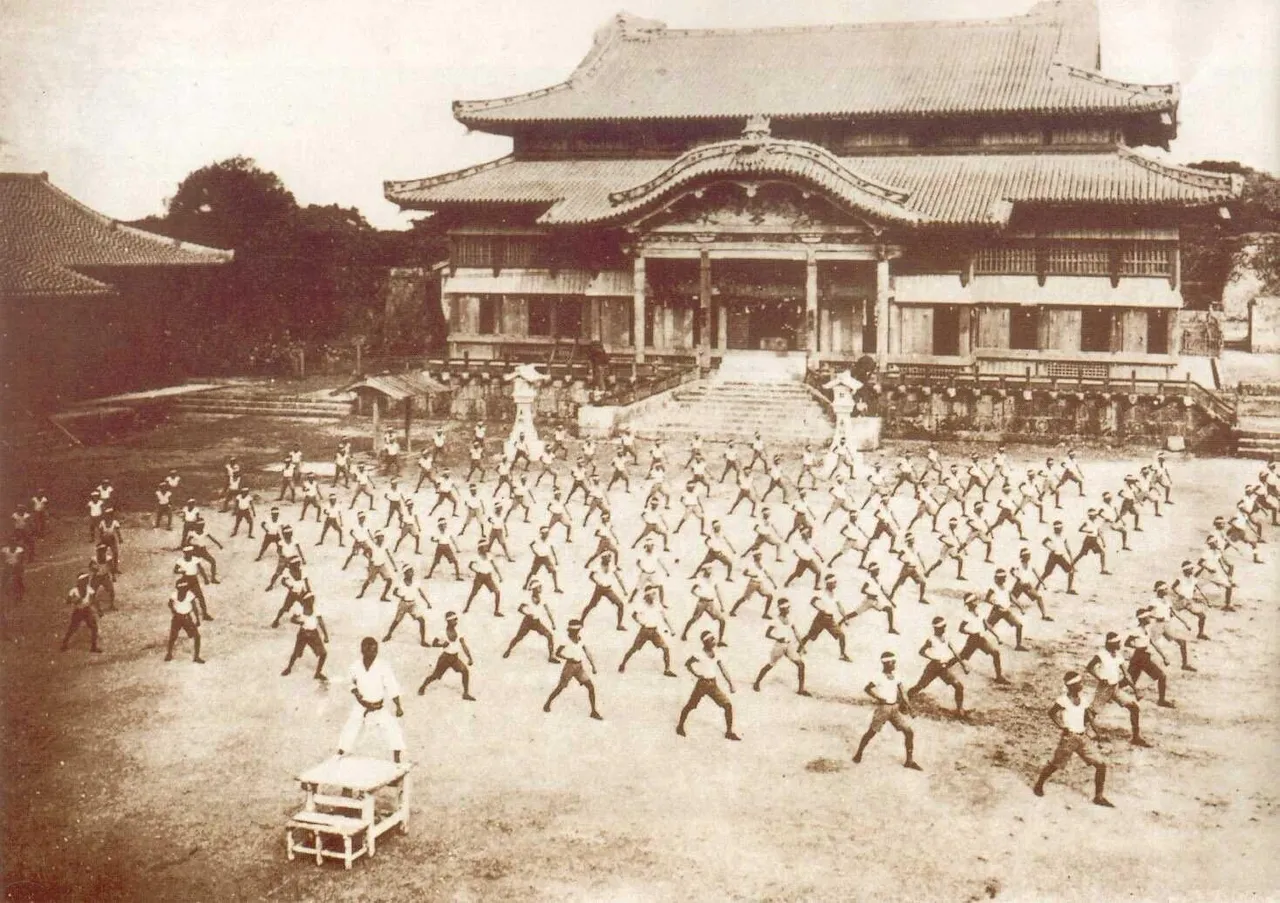
Kung Fu, an antiquated sport prevalent in China, has a long history, amid which an assortment of aptitudes were made and enormously improved. Originated from the chasing and resistance needs in the crude society (more than 1.7 million years prior – 21st century BC), it at first just incorporated some fundamental abilities like cutting, cleaving, and wounding. Later the arrangement of Kung Fu framed and grew primarily as the battling aptitudes from the Xia Dynasty (21st - seventeenth century BC) to the Yuan Dynasty (1271 - 1368), and achieved its crest amid the Ming and Qing Dynasties (1368 - 1911). In present day times, it grows well and winds up not simply military aptitudes or physical development. It is likewise a route for staying in shape, amusement, and execution.

Chinese martial arts, often named under the umbrella terms kung fu (/ˈkʊŋ ˈfuː/; Chinese: 功夫; pinyin: gōngfu; Cantonese Yale: gūng fū) and wushu (武術; wǔshù), are the several hundred fighting styles that have developed over the centuries in China. These fighting styles are often classified according to common traits, identified as "families" (家; jiā), "sects" (派; pài) or "schools" (門; mén) of martial arts. Examples of such traits include Shaolinquan (少林拳) physical exercises involving Five Animals (五形) mimicry, or training methods inspired by Old Chinese philosophies, religions and legends. Styles that focus on qi manipulation are called internal (内家拳; nèijiāquán), while others that concentrate on improving muscle and cardiovascular fitness are called "external" (外家拳; wàijiāquán). Geographical association, as in northern (北拳; běiquán) and "southern" (南拳; nánquán), is another popular classification method...
